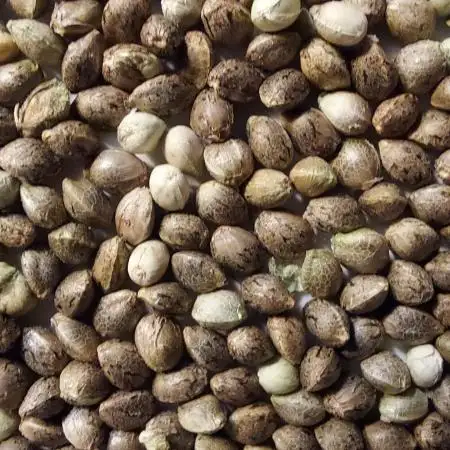The Grow Awards 2026 🏆
Coco coir vs DWC.
FuzzySnoutstarted grow question 2y ago
If you have experience growing in coco coir as well as in DWC, which one you find easier to maintain and why?
I want to try DWC but getting cold feet.
Open
likes
Answer
00110001001001111Oanswered grow question 2y ago
You'll probably have more maintenance as far as checking pH, sanitation and other stuff to ensure the water remains healthy for the plants.
I have a pretty simple soilless setup. 55-gal barrel, a pump and a drain pump with float switch. I turn it on. Wait for runoff. I turn it off. I walk away. Except when i have to do maintenance on the plants, i spend 2minutes a day in my tent. While it runs i look over plants and make sure everything is growing smoothly. I have to clean it every 30-40 days because I keep it dark, cool along with my refill routing. Surface to volume ratio impacts the rate of water fouling. If it smells or turbidty is less than clear, i'll clean sooner but at 30-day intervals that does not happen. It can probably go 50-60 days if not being overly safe about it.
I have solenoid valves and a web-enabled orbit app that could do irrigations remotely, if needed. I prefer to supervise because this shit will fail at some point. The float switch will fail or a drip emitter will be slightly clogged etc. If i ever go away for an extended period of time i can always hook up the solenoid valves and use the remote app. These sorts of worries are the same for each even if in slightly different ways.
Good nutes can avoid pH drift - important for both, but 2x so for DWC. Shitty hydro nutes are poorly buffered if they drift constantly. This is important for both contexts.
In the end it really doesn't matter. What you save in substrate costs you'll spend on something else keeping the water 'clean' in a dwc or testing/maintenance etc. Maybe you spend a few more minutes per week monitoring the water quality in a DWC. Any difference that small can be ignored.
You'd have to figure out what you want to do.. write down all the parts and recurring costs of each and compare, because it depends a lot on how you implement each method. they can both be "push a button and walk away" simplicity.
both can be an absurd amount of work if done poorly.
likes
Complain
Hashyanswered grow question 2y ago
Dwc for me is the best. But I can't keep a grip on water temps. Unfortunately my tent is small so i can't fit many plants in it when I do dwc. I can cram 4 in if using coco but dwc I'll be down to 1 maybe 2 at a push. If your going to do a dwc I'd recommend using something that can hold about 20L of water or more, the less water in the container the quicker the water temps rise. Check out my smoothie diary. That was dwc, its amazing how quickly they take off.
likes
Complain
Scrubbyjimbobanswered grow question 2y ago
I actually plan on going back to DWC on my next grow after trying out coco my last few grows. It's cleaner and less work in my opinion: no runoff to manage, no media for pests like gnats to populate, no concerns about scheduling/timing feedings, no concerns about under/over watering. You just gotta monitor it regularly, provide plenty of O2, and refresh your tank every week or two.
1 like
Complain



